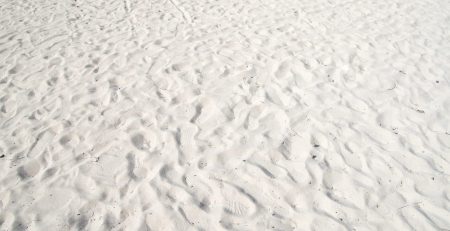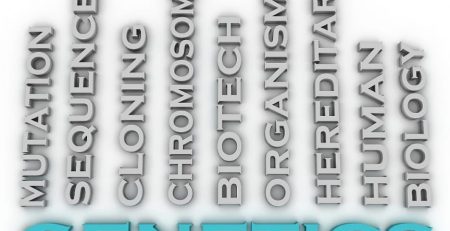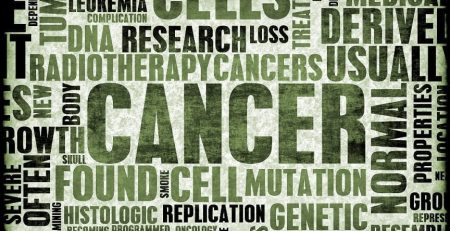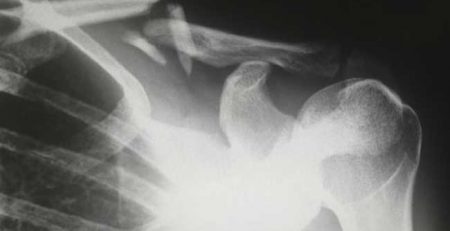A Year in Space: The NASA Twins Study
Starting in March 2015, NASA astronaut Scott Kelly spent 340 days aboard the International Space Station, participating in a study designed to examine the challenges of space travel. This study is approximately twice as long as previous studies. While a team of scientists tracked his body’s responses to long-term space flight, they simultaneously tracked his identical twin brother, Mark, back on Earth. Just last month, scientists began publishing the results of the study.
While in many ways the changes Kelly experienced were similar to those found in astronauts who had spent only six months on the space station, his body also changed in some intriguing ways that have some scientists concerned about the biological impact of extended space travel.
For example, researchers found that special sections of his DNA, called telmoeres, which typically decrease as people age, actually increased. Dr. Susan Bailey, a cancer biologist at Colorado State University and co-author of the study, hypothesized that going into space may have awakened a quiet population of stem cells in Kelly’s body.
The study also found that thousands of genes increased activity during Scott’s time in space, while these same genes remained quiet in Mark back on Earth. Some of these genes play a role in repairing DNA and the immune system. While it’s possible that the former genes became active to combat the high levels of radiation Scott was exposed to in space (48 times more than the average exposure on Earth over the course of a year), what triggered the reaction in the latter genes is unclear. Six months later, not only were his genes still behaving in an altered way, Scott also performed worse on cognition tests, making more mistakes and taking longer to respond. This decline in particular has some scientists concerned about how well astronauts would be able to navigate a landing on Mars after months in deep space.
“If you had a period of slower cognitive processing speed and difficulty with balance and eye-hand coordination, those behaviors would be at risk,” cognitive neuroscientist Rachael Seidler said in a New York Times article.
But some researchers are more optimistic, looking at this study in the first step in preparing for extended space travel.














